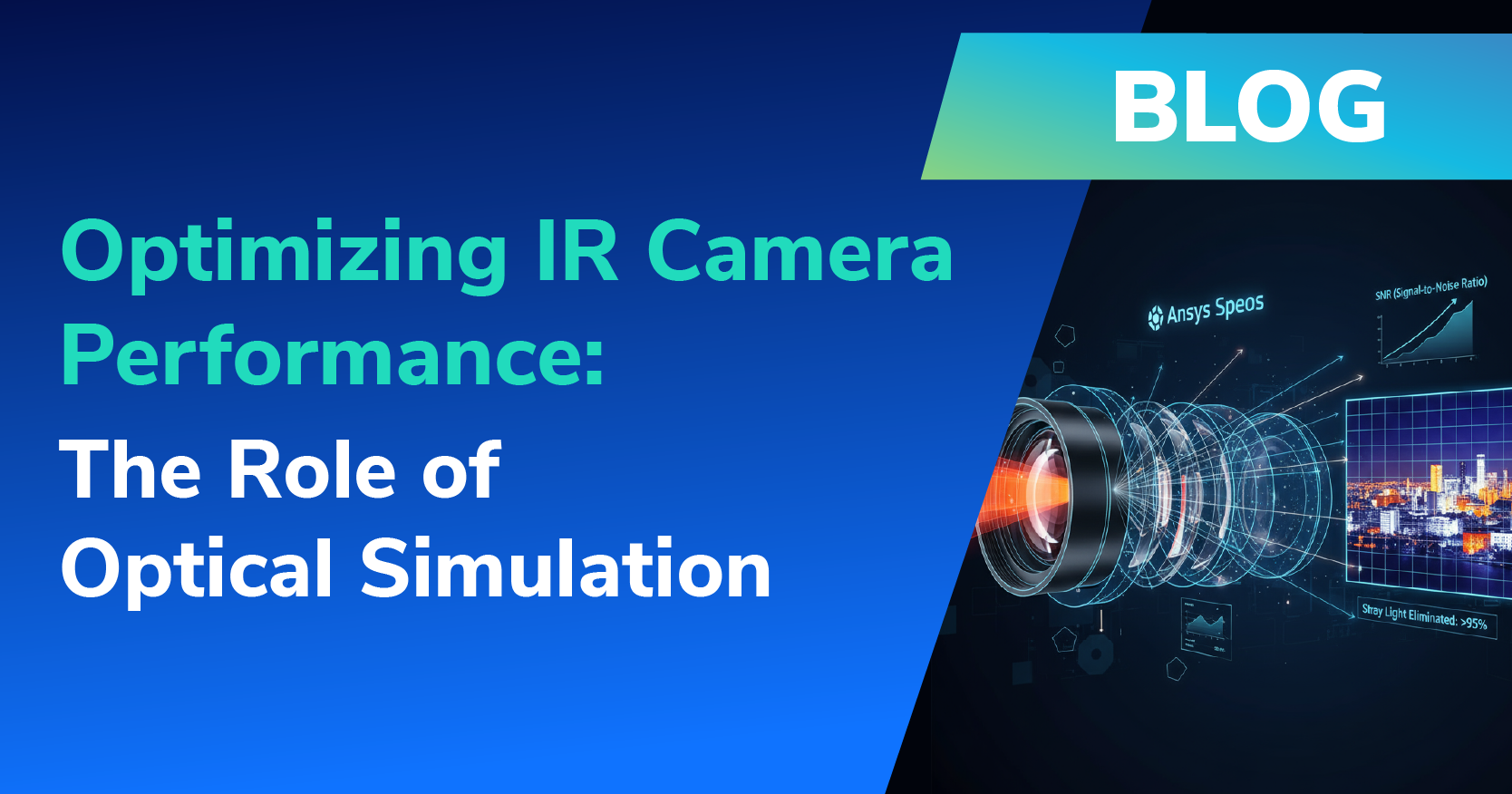
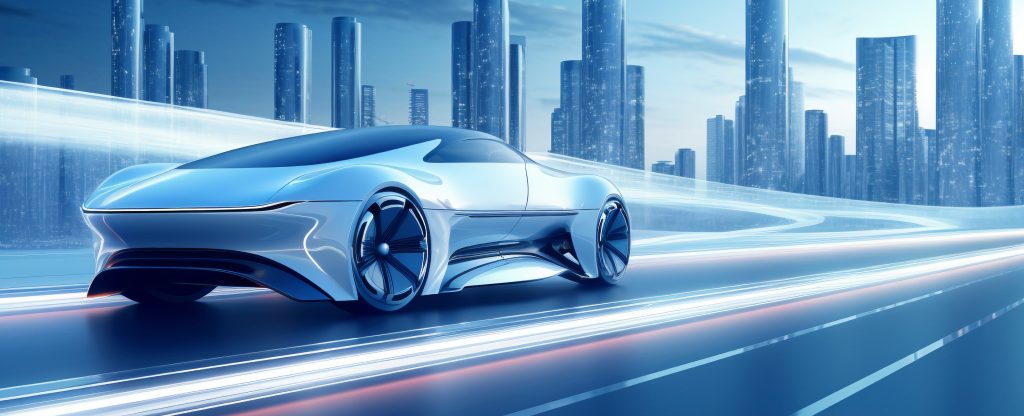
In the rapidly evolving mobility landscape, automotive optics simulation is becoming essential for designing advanced lighting, sensing, and display systems with precision and safety. Modern vehicles are undergoing a revolution in safety, comfort, and autonomy—all powered by advancements in optical engineering. From adaptive headlights that enhance nighttime visibility to augmented reality displays that keep drivers informed without distraction, optics play a pivotal role in shaping the future of mobility.
Driving at night requires clear, reliable illumination to ensure safety and visibility. Today’s automotive headlights are no longer simple bulbs—they must be precision-engineered systems.
Early headlights relied on basic halogen bulbs, providing limited brightness and efficiency. However, modern systems—including LED, adaptive matrix, and laser headlights—use sophisticated optical engineering to maximize light output while minimizing glare and energy consumption. Advanced Optics help to reach properly engineered headlights:
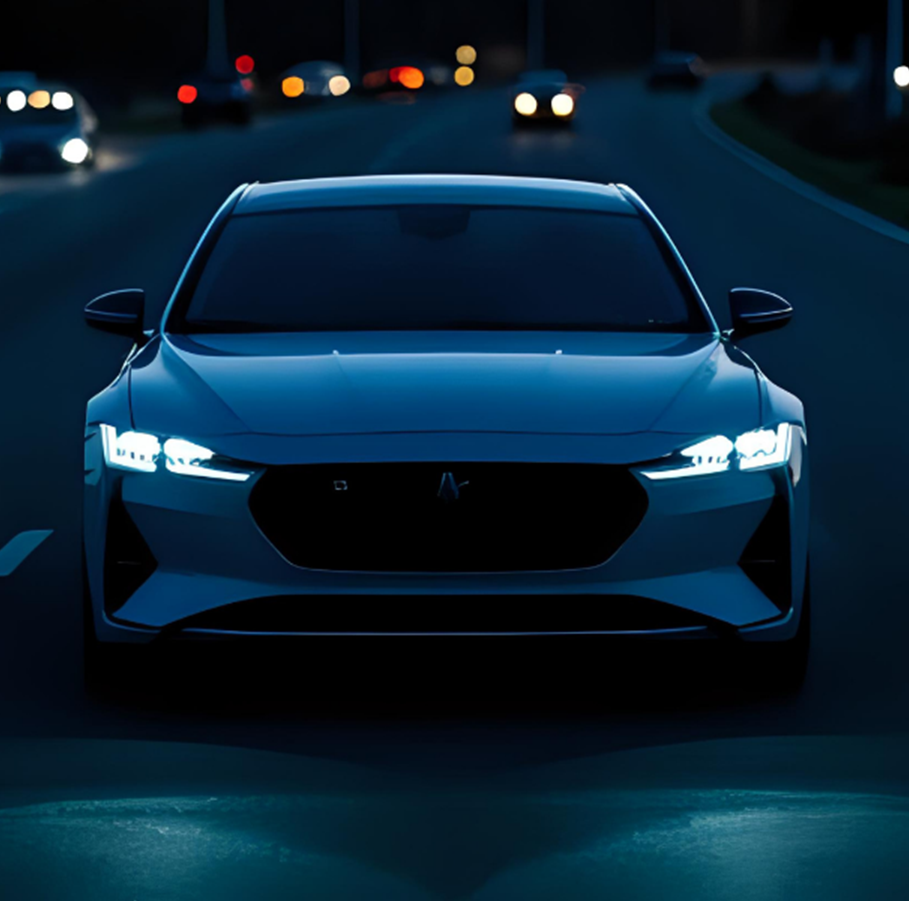
Advanced exterior lighting system delivering focused, adaptive illumination.
Modern vehicles are no longer about transportation—they are about experience. One of the most transformative yet often overlooked advancements is automotive interior lighting, which has evolved from basic functionality to an immersive, adaptive, and even health-conscious feature.
Gone are the days when cabin lighting merely served practical purposes. Today, it enhances:
As cars become more connected and autonomous, interior lighting will play an even bigger role in:
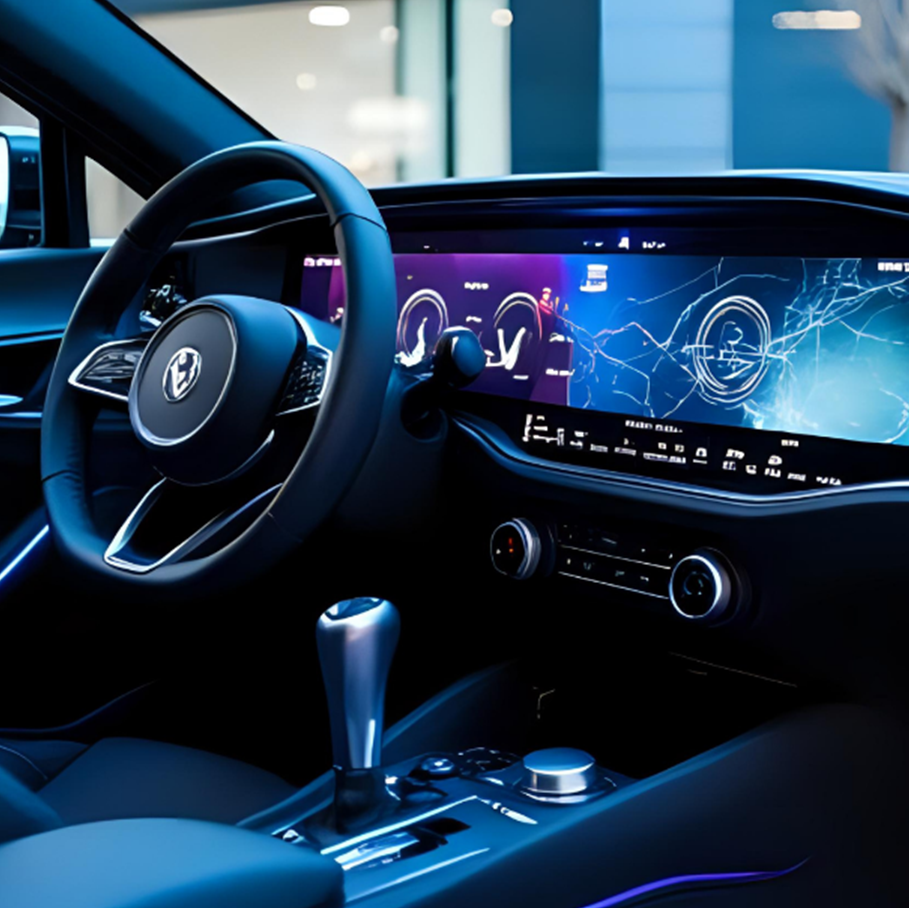
Modern automotive interior with integrated digital cockpit
Automotive interior lighting is no longer about visibility—it is about emotion, comfort, and innovation. With advancements in optical engineering and smart technology, the cabin of the future will be as visually engaging as it is functional.
As vehicles become smarter and more autonomous, Advanced Driver Assistance Systems (ADAS) are revolutionizing road safety. At the heart of these systems lies optical technology—enabling cars to see, interpret, and react to their surroundings with remarkable precision.
Ensure reliability, ADAS optical systems must overcome key technical hurdles:
ADAS does not just enhance driving—it redefines it. And without advanced optics, none of it would be possible. From collision avoidance to self-parking, optical sensors are the foundation of next-generation vehicle safety. As technology evolves, so too will the sophistication of automotive vision systems—bringing us closer to fully autonomous, accident-free roads.
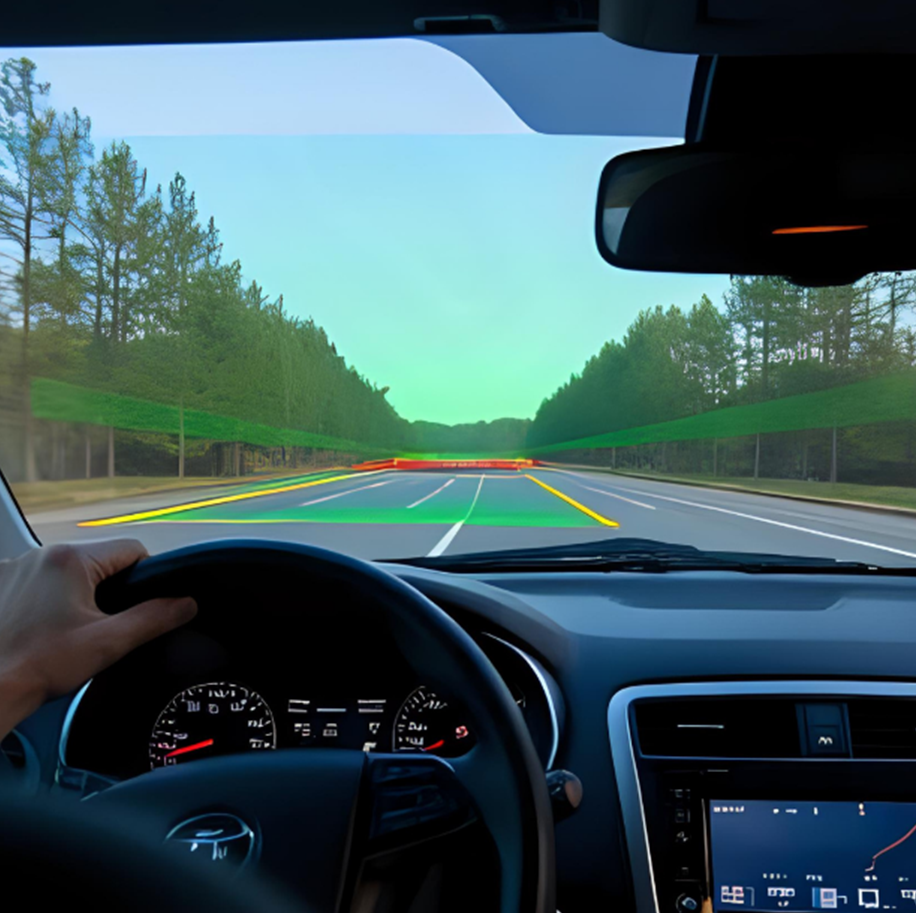
ADAS visualizing lane detection and collision avoidance cues on the windshield.
Modern vehicles are transforming driver interfaces with Head-Up Displays (HUDs)—advanced optical systems that project critical information directly into the driver’s line of sight. By displaying speed, navigation, and alerts as if floating above the hood, HUDs cut the need to glance down at instrument clusters, significantly improving safety and situational awareness.
Creating an effective HUD requires solving complex optical challenges:
As vehicles become more connected and autonomous, HUD technology will evolve to:
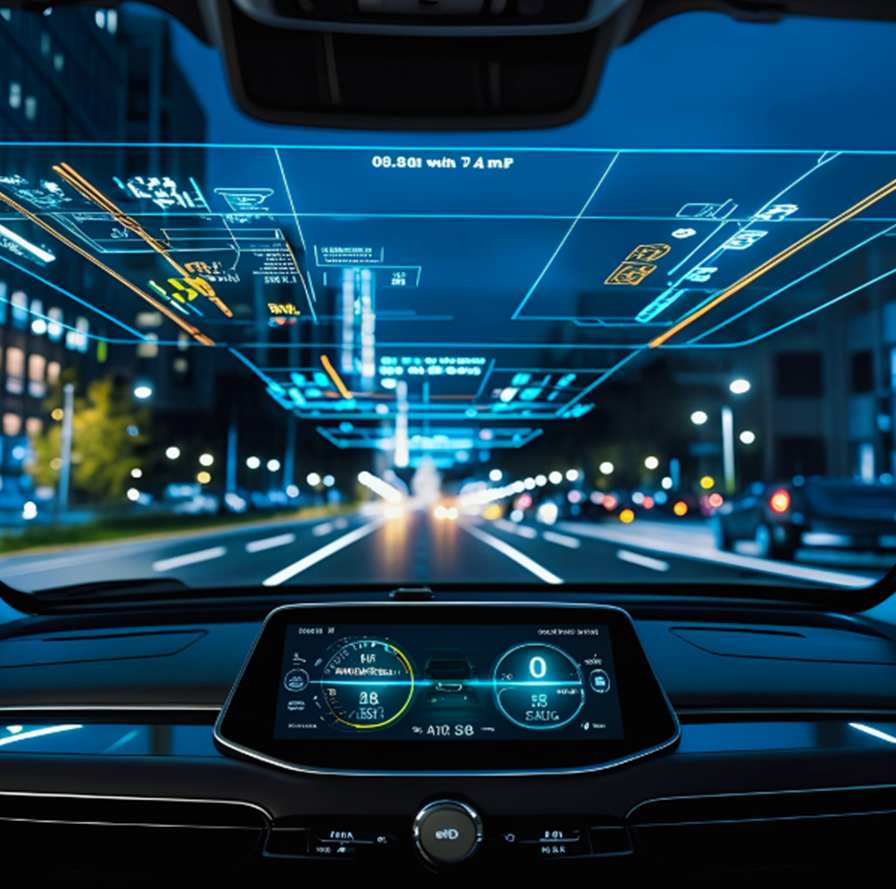
Head-Up Display projecting critical driving information onto the windshield.
As vehicles evolve toward autonomy, one of the most immediate benefits to drivers has been the rise of intelligent parking assistance systems. These technologies leverage advanced optical engineering to simplify one of driving’s most frequent stress points: parking. Whether navigating tight urban spaces or avoiding hidden obstacles, optics form the foundation of modern parking aid solutions.
Most modern vehicles now feature four or more wide-angle cameras placed around the vehicle (front, rear, and under the side mirrors). These images are stitched together to create a seamless bird’s-eye view. Rear-view cameras have become a regulatory requirement in many countries. Their optics are carefully tuned to deliver maximum coverage, even in poor lighting conditions.
Parking assistance is no longer about beeping sensors — it is a highly visual, optical problem solved with wide-angle lenses, computer vision, and optical calibration. The result is greater safety, convenience, and driver confidence in dense urban environments.

Camera system with dynamic parking guidelines assisting in safe vehicle manoeuvring.
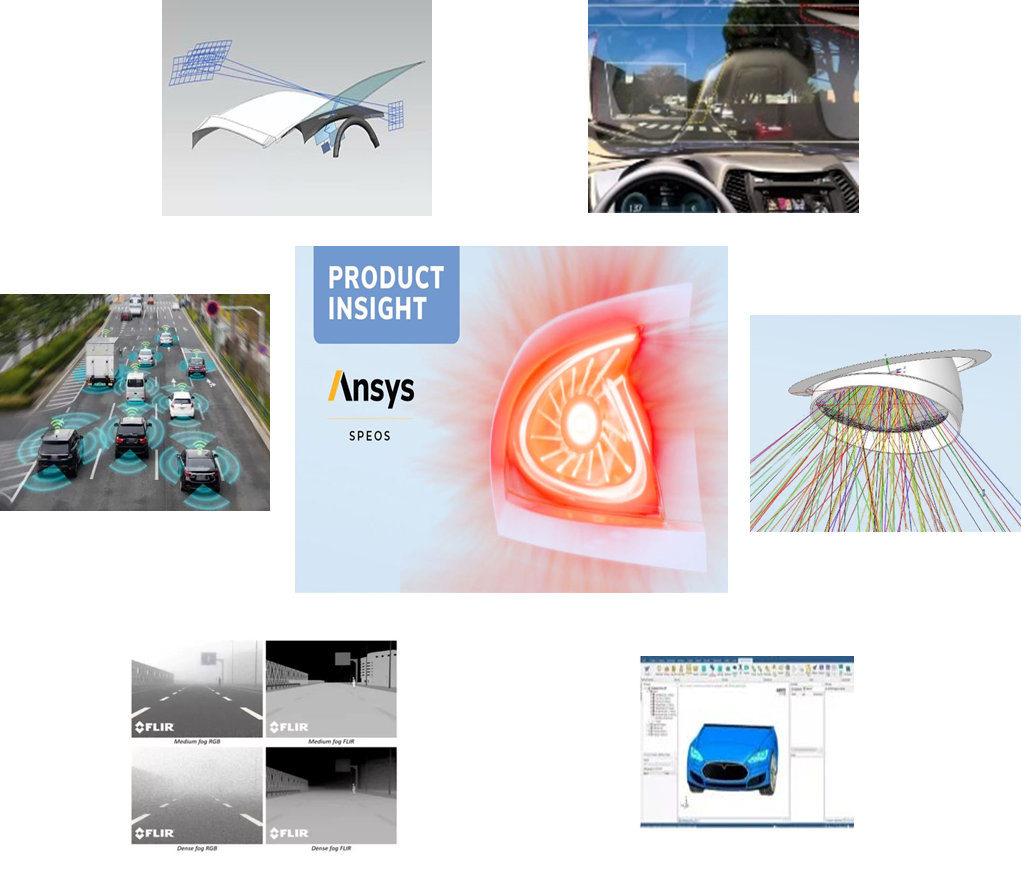
Capabilities of ANSYS SPEOS
In today’s fast-paced automotive landscape, simulation is not optional—it’s essential. Ansys SPEOS empowers engineers to design safe, compliant, and cost-effective optical systems by identifying issues early, ensuring regulatory adherence, and validating real-world performance. As the industry moves toward smarter and more complex lighting technologies, simulation ensures innovation doesn’t come at the cost of safety, time, or budget. With Ansys SPEOS, automakers can move forward with confidence—delivering reliable optical systems right the first time. As vehicles grow smarter and more complex, automotive optics simulation ensures these innovations deliver optimal performance, safety, and compliance—right from the virtual model to the road